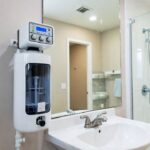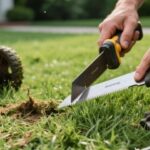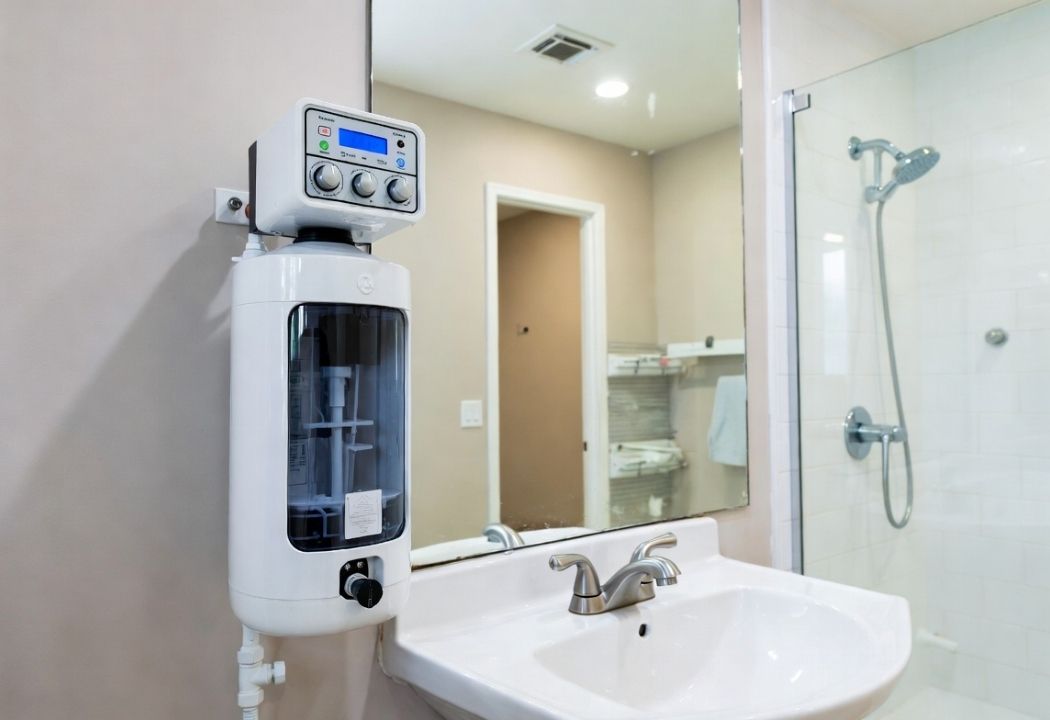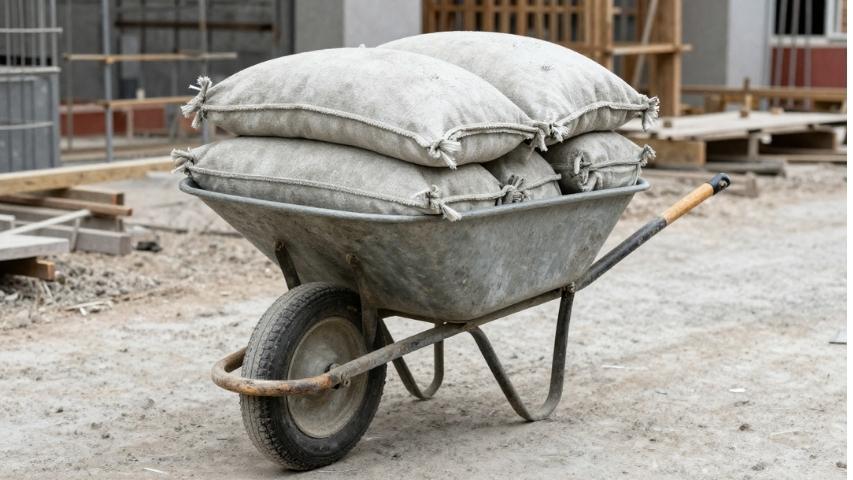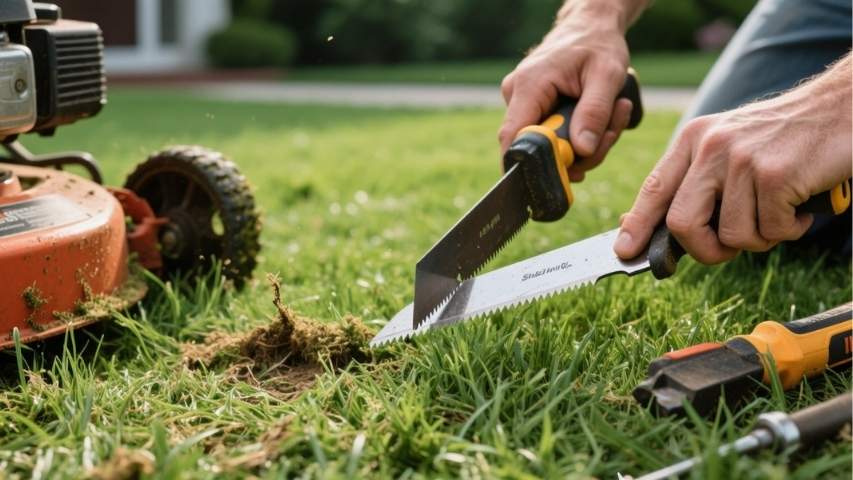Spilled paint on your beautiful hardwood floors? Don’t panic. Whether you’re tackling a messy DIY project, dealing with an accidental drip, or trying to clean up after a renovation gone wrong, removingHardwood floors are beautiful, timeless, and a significant investment—but they can also act as magnets for accidents during painting projects. Whether you’ve just noticed a tiny splatter or you’re dealing with a sprawling mess, removing paint from hardwood floors can feel intimidating. The good news? With the right approach and a bit of patience, you can restore your floors without damaging their finish.
This guide will walk you through effective, proven methods for safely removing paint from hardwood floors, regardless of the type of paint you’re dealing with.
Identifying the Type of Paint on Your Floor
The first step in tackling any paint spill is knowing what you’re dealing with. Not all paints react the same way to removal techniques, so identifying the type of paint is crucial to choosing the right solution.
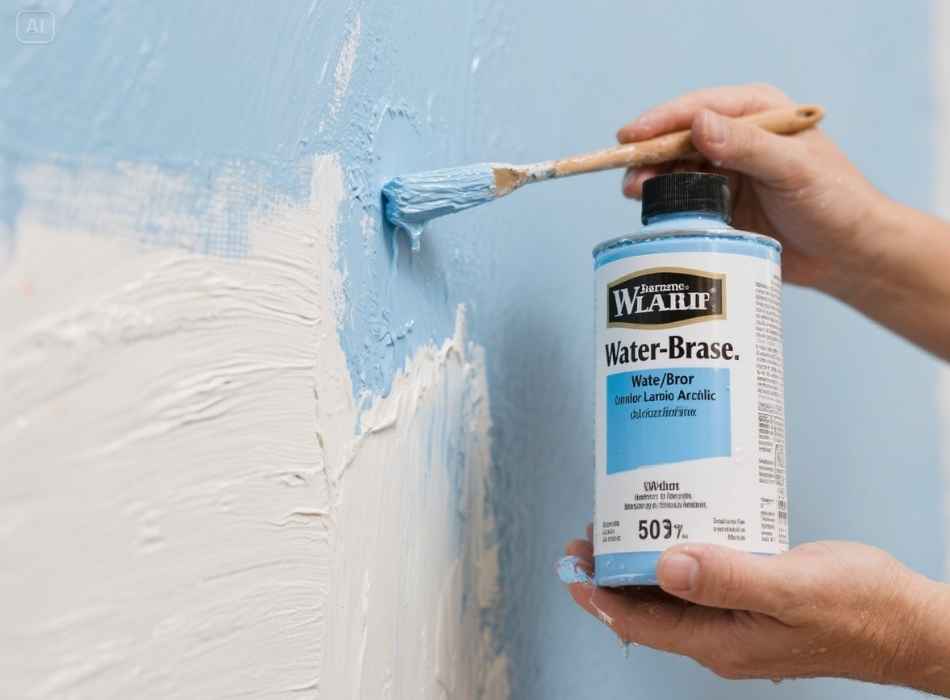
Water-Based Paint
Water-based paints, like latex or acrylic, are the easiest to remove. These paints are designed to dry quickly, but they can usually be loosened with water or mild chemicals.
How to identify: Water-based paint typically feels less sticky and brittle and may smear slightly when dampened with water.
Oil-Based Paint
Oil-based paints are more challenging because they form a durable, water-resistant layer upon drying.
How to identify: Oil-based paint tends to feel more complex and more brittle once dry. A strong smell and slower drying time are also indicators.
Other Paint Types
Specialty paints like epoxy or enamel can pose unique challenges and often require professional-grade solvents for removal.
Quick Tip: If you’re unsure what kind of paint you’re dealing with, start with the gentlest methods. If necessary, escalate to stronger solutions.
Preparing for Paint Removal
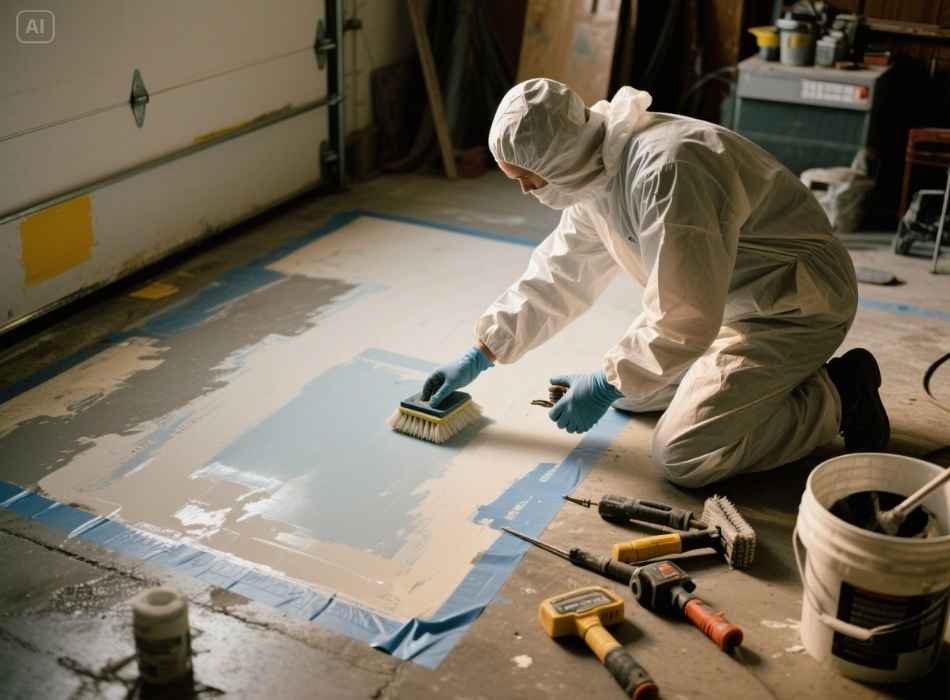
Before you start scrubbing away, preparation is key to protect your floors and yourself.
Gather Supplies
Here’s what you’ll need:
- A plastic scraper or putty knife
- A microfiber cloth or sponge
- A bucket of warm water
- Mild dish soap
- Rubbing alcohol or denatured alcohol
- Mineral spirits (for oil-based paint only)
- A soft-bristle brush
- Protective gloves
- Goggles (if working with chemicals)
- A vacuum or broom for cleanup
Test on a Hidden Area
Always test your chosen method in an inconspicuous area before applying it to a visible section of your floor. This step ensures that your cleaning solution won’t harm the wood or its finish.
Protect the Surrounding Area
To prevent further damage, lay down a protective covering, such as cardboard or plastic sheeting, around the affected space.
Methods for Removing Paint from Hardwood Floors
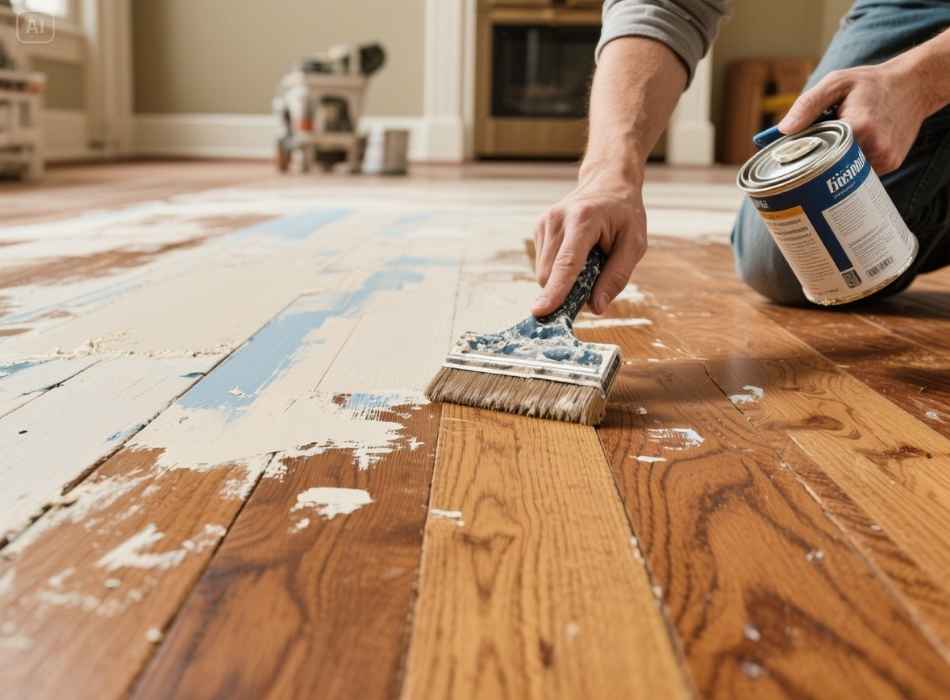
There are various approaches to removing paint from hardwood, and the right one depends on how much paint is present and how deeply it has dried.
Method 1: Scrape It Gently
For small paint spills that haven’t thoroughly dried, a plastic scraper or putty knife can work wonders.
- Gently angle the scraper at 45 degrees.
- Begin scraping away the paint in a slow, controlled motion to avoid scratching the wood.
- Wipe the area clean with a damp microfiber cloth.
Pro Tip: Avoid using metal tools, as they can scratch the floor’s finish.
Method 2: Use Warm Water and Soap
For fresh, water-based paint stains, warm water and mild dish soap often do the trick.
- Mix a solution of warm water and a few drops of dish soap.
- Dip a soft cloth or sponge into the mixture and gently rub the paint spot.
- Rinse and repeat until the paint lifts off.
This method is gentle and safe for most hardwood floors but may not be effective for dried or oil-based paint.
Method 3: Apply Rubbing Alcohol
Rubbing alcohol is ideal for slightly tougher stains and is particularly effective on water-based paint.
- Dampen a microfiber cloth with rubbing alcohol.
- Blot (don’t rub) the paint to avoid spreading it further.
- Once the paint softens, gently scrape it off with a plastic scraper.
- Wipe the area clean with a damp cloth.
Quick Reminder: Always ventilate the room when working with rubbing alcohol or any chemical solution.
Method 4: Try Mineral Spirits for Oil-Based Paint
Mineral spirits can dissolve dried oil-based paint without harming hardwood.
- Dampen a cloth with mineral spirits (don’t soak it).
- Gently rub the fabric over the paint stain, working in small sections.
- Use a scraper to lift softened paint, if necessary.
- Wipe away residue with a clean, damp cloth.
Safety Note: Wear gloves and goggles, and keep mineral spirits away from open flames.
Method 5: Use a Heat Gun for Stubborn Paint
If the paint has dried on the floor for an extended period, a heat gun can soften it for easier removal.
- Set the heat gun to low and hold it several inches above the paint.
- Move it in a circular motion until the paint loosens.
- Scrape off the softened paint with your plastic scraper.
- Wipe down the area with a damp cloth to remove residue.
Caution: Avoid overheating, as intense heat can damage the floor’s finish.
Common Mistakes to Avoid

Even with the best intentions, inevitable mistakes can cause unnecessary damage. Here’s what to steer clear of:
- Skimping on testing: Always test your method on a hidden area first.
- Using abrasive tools: Avoid steel wool, scouring pads, or sharp metal tools that can scratch the floor.
- Ignoring safety precautions: Wear gloves and goggles when working with chemicals to protect yourself.
- Over-saturating the floor: Excess water can seep into the hardwood and cause warping. Use a slightly damp mop instead.
- Using harsh chemicals: Stick to gentle cleaning solutions specifically designed for hardwood floors to avoid damaging the finish.
- Skipping regular maintenance: Don’t forget to sweep and vacuum regularly to prevent dirt and dust from scratching the floor’s surface.
Aftercare for Your Hardwood Floors
Once the paint is removed, restoring your floor’s shine and protecting it from future stains is essential.
- Clean Thoroughly: Use a wood-safe cleaner to remove any remaining residue.
- Polish the Surface: Apply a high-quality hardwood floor polish to bring back the luster.
- Consider a Protective Coating: Consider a Protective Coating: A fresh layer of sealant can safeguard against future mishaps.
- Use Furniture Pads: To prevent scratches, use furniture pads on all chairs, tables, and other pieces of furniture.
- Invest in Rugs or Mats: Placing rugs or mats in high-traffic areas can help protect your floors from wear and tear.
- Sweep or Vacuum Regularly: Dirt, dust, and debris can act like sandpaper on your hardwood floors, so make sure to sweep or vacuum regularly to prevent scratches.
- Avoid Excess Water: While it’s okay to clean your hardwood floors with a damp mop, be careful not to use too much water, as this can damage the wood.
Final Thoughts and Next Steps
Accidents happen, but they don’t have to leave a lasting mark on your beautiful hardwood floors. By following these proven methods, you can effectively remove paint spills and restore your floors to their original glory.
If you’re dealing with a particularly stubborn paint stain or you’re unsure which method is right for your floors, consulting a professional may be your best bet.
For more tips and tricks on maintaining your hardwood floors, subscribe to our newsletter or explore our blog for expert guides.

